The 7 Essentials of Police Medical Gear
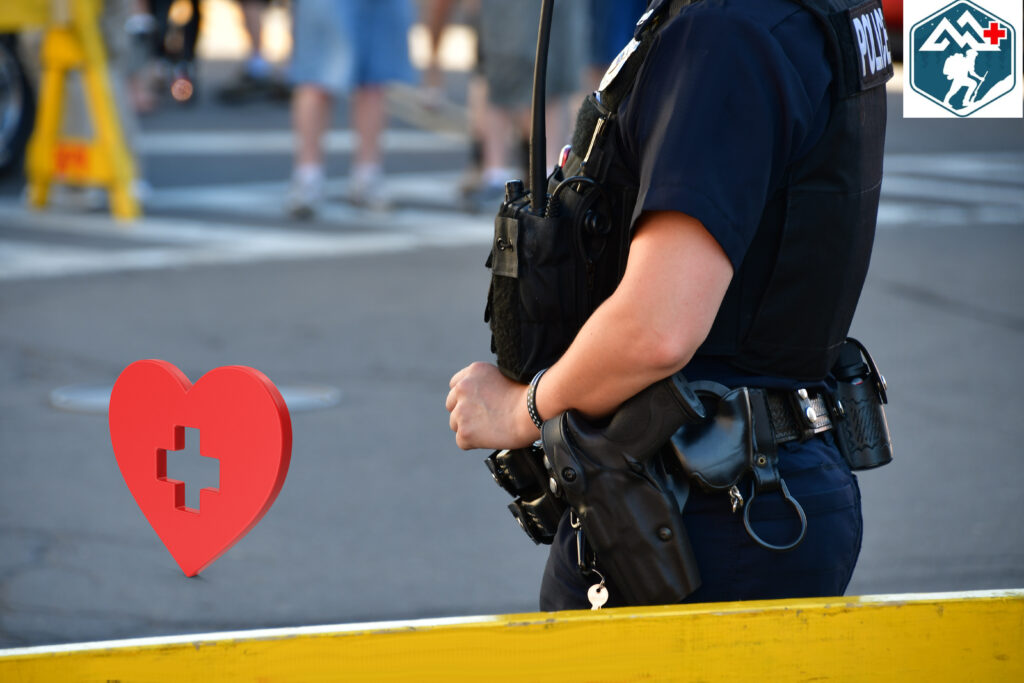
What Goes Into a Police Medical Kit?
Cops have a hard job. Not only are they concerned for the safety of everyone around them, but their own safety is important too, though that’s usually the last thing on many officers’ minds as they strive to serve and protect.
Often police officers are the first one on scene to any bad situation. If there are bad guys to stop, they do that, but if it’s a medical emergency, do your officers have the skills, knowledge and gear to take care of themselves and the public they have sworn to serve?
“How many times,” I asked a salty Paramedic buddy of mine, “are the cops there before you arrive?”
“LE is there before we are, every single time,” he said.
Law enforcement officers are the first on scene, meaning they are the most likely candidates for controlling life-threatening bleeding. With only minutes at stake, A person can bleed to death in as little as 2.5 minutes. EMTs might not arrive in time to make a difference, but with the speedy response times of police officers, survival is possible.
Many times, officers are not given the gear they need to do their job correctly and must procure these items for themselves. Or maybe you’ve been tasked with collecting gear for your fellow officers and aren’t sure where to start.
Mountain Man Medical offers Trauma Kits at the best prices on the Internet and bulk pricing is available on multiple orders. The standard “First Responder Discount” always applies.
Below are the items a tactical medic recommends be added to any patrol officers' gear list to ensure they go home to their families at the end of their shift and are able to make a difference in the lives of the civilians they protect.
The last one is the most important…
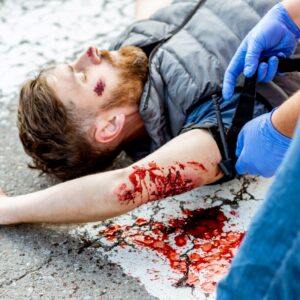
-
Tourniquets
This was probably first on your list, but with all the different types out there, which is the right for you?
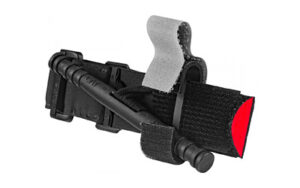
Combat Application Tourniquet (CAT)
Tried and true, this is without a doubt the most popular TQ on the market. If you find a TQ laying around, this is probably the one you’re seeing. Loved for its effectiveness at controlling life-threatening bleeding and ease of application. This TQ is trusted by professionals around the world and a proven life saver.
Be aware of fakes, however. Cheap copies of this TQ can be found on Amazon and other places and are not made to the same quality as the real thing from North American Rescue. Don’t be conned into thinking these are just as good as the real thing. They are not.
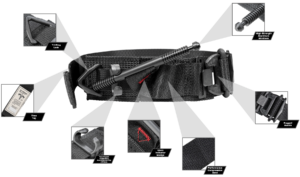
The SOF Tourniquet by Tac Med Solutions
This is the second most popular TQ on the market and my personal favorite for applying to someone else.
This TQ was developed and produced by a Special Forces Medic after coming back from Afghanistan in the early parts of the War on Terror when they were not yet issued tourniquets, despite the extreme danger of their job. This TQ packs down small and is easily carried in a pocket, or Ankle IFAK.
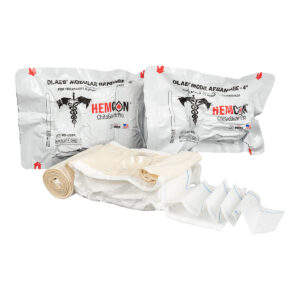
Hemcon OLAES Modular Pressure Bandage
Tourniquets are great if the injury is located on the arms or legs. If the wound is in a junction (any place 2 body parts come together, Neck Armpits, groin) you’re going to need a different method for controlling bleeding. That method is called wound packing. Gauze (preferably hemostatic like QuikClot or Chitogauze) is packed into the wound so tightly, the gauze puts pressure down on the severed artery and bleeding is controlled.
Hands down, my favorite product for this is the Hemcon OLAES Modular Pressure Bandage. Produced and sold by the same company that makes the stellar SOF Tourniquet. This bandage comes with an enormous amount of Chitogauze wound packing, included in a pocket behind the absorbent pad. After packing the wound, the pressure dressing is applied to the top to maintain direct pressure and control moderate to severe bleeding.
-
Chest Seals
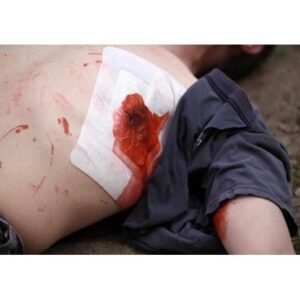
Chest Seals are inexpensive, but essential for treating GSWs to the chest and abdomen.
Police always carry tools to punch holes in people, and so they must also carry the gear to patch holes in themselves, partners, or civilians they encounter on duty. Chest seals are an essential item to have in a trauma kit if you anticipate getting into some sort of shooting.
Chest seals are the best way to treat preventable death from a GSW (Gun shot Wound), but one isn’t enough. Be sure to carry at least 2 seals for every hole in the chest, or abdomen. One seal to patch the front (entrance wound) and 1 seal to patch the back (exit wound).
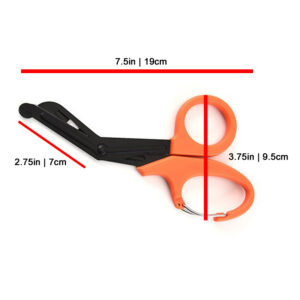
Cheap, Safe, and Effective
You don’t want to be that guy who is trying to skin his partner out of his clothes with a pocketknife. Emergencies are dangerous and even more so with an open blade near your casualties. It’s far safer to have a good set of trauma shears on your duty belt for removing clothes and ensuring you’re using the right gear for the injury.
Trauma shears are great for cutting seat belts, packaging on gear, zip cuffs, and opening jerky snacks. Carry multipurpose items whenever possible to extend the number and types of wounds your officers will be able to treat effectively.
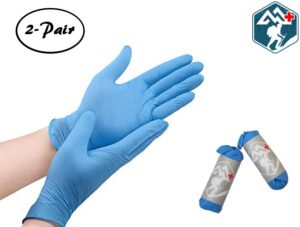
Protect yourself from the dangers of blood born pathogens by making sure you are carrying many pairs of gloves. These can be passed out to coworkers who have forgotten theirs and ensures a protective barrier between you and the people you meet. Having a pair dedicated in your trauma kit is essential to having them when you need em most.
-
Narcan
This drug has just been released for over-the-counter distribution and is a great life saving tool in this current opioid epidemic. This drug works by binding to the opioid receptors and reversing the effects of overdosing on opioids such as fentanyl. Outing one or two in your medical kit could make a huge difference for someone.
“That’s great Doc, I’m sure all these things are nice to have, but how do you use these things? None of this works if we don’t know how to use it!”
No amount of gear in the world will save you if you don’t know how to use it effectively. Learn how to use all these things for free with the Emergency Trauma Response Course. Totally and 100% free. Watch it by yourself, or with your whole shift and have a leg up on the next bad situation.
